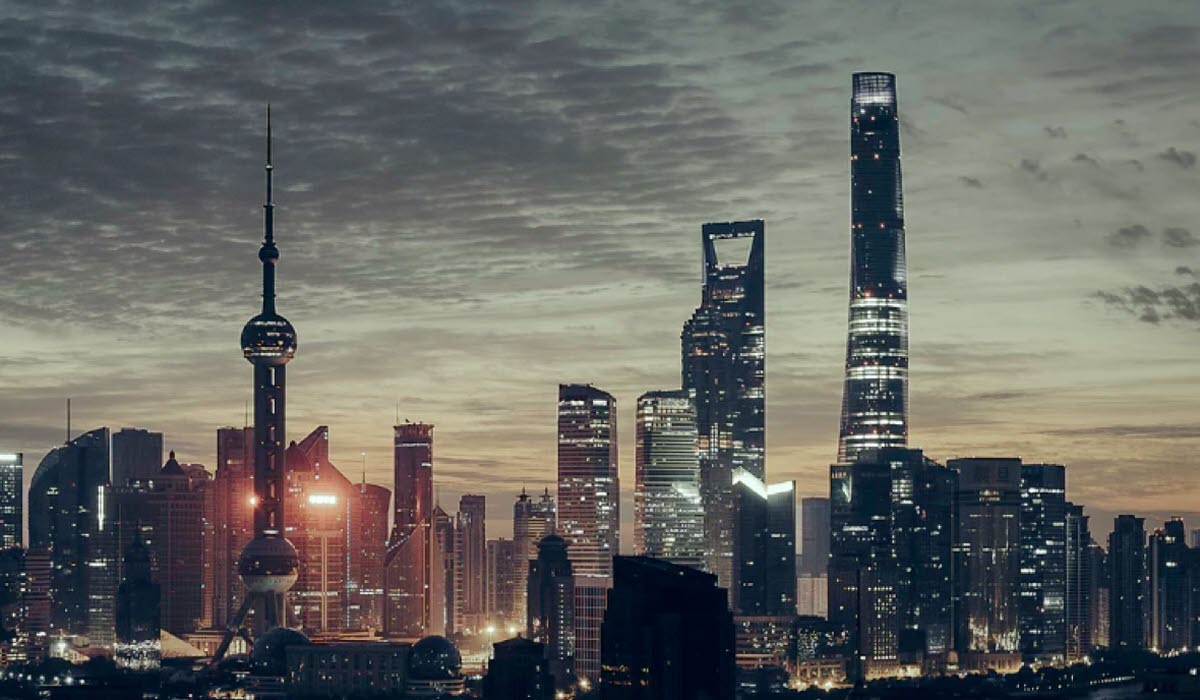Energy security, reducing dependency on fossil fuels and cutting carbon emissions are top priorities today for countries globally. In many ways, electrification and sustainable energy storage will be the centrepiece of the global green transition.
Given the anticipated surge in demand for batteries, governments and companies around the world are now focusing on expanding and localising the battery value chain – and there’s a new kid on the block in Asia.
INDIA IN FOCUS: DE-RISKING THE BATTERY SUPPLY CHAIN
Along with established destinations including China, Japan, Taiwan and Korea, India is fast emerging as a preferred destination for investments as global companies take steps to de-risk their supply chain. And the battery industry is no exception.
This year, India became the world’s most populous nation, and its government is acutely aware of the need to accelerate the energy transition to meet the rapidly growing demand from an aspiring population and developing industries. India has set an ambitious target of 500 GW non-fossil fuel-based energy generation by 2030.
To achieve this, it is estimated that India will need to invest about USD 10-15 billion in the local battery ecosystem taking into account soaring demand in mobility, grid-based energy storage, consumer electronics, defence, railways, and space.
POISED FOR ENERGY TRANSITION
Today, India is largely dependent on imports for much of its energy needs. But it aims to meet 50% of its energy requirements from non-fossil fuel sources by 2030.
India is therefore poised for transition into the next energy age where renewables and sustainable energy storage solutions will play a key role. Looking just at the mobility sector, the potential is clearly vast as India has set an ambitious target of making 30% of vehicles on its roads electric within the next seven years.
But that’s not all. Large infrastructure projects such as Gati Shakti and the shift in the APAC global supply chain all puts India directly in the spotlight – where the aim is to further boost demand for battery energy.
India’s battery demand is expected to reach 260+ GWh in an accelerated scenario by 2030, with 80-90% of demand likely to be driven by electric vehicles and grid-based/stationary storage applications. In value terms, this equates to USD 15 billion in demand by 2030, with USD 3 billion from pack assembly and integration and USD 12 billion from cells, according to NITI Aayog.
HOW WILL INDIA DEVELOP ITS BATTERY ECOSYSTEM?
India currently lacks an integrated battery ecosystem for lithium-ion and other battery technologies. There are limitations in terms of raw material access, active components, cell manufacturing and recycling. However, the country is strong in middle and downstream parts of the battery value chain such as packs production, integration, installations, distribution, and support services.
Although batteries will still require raw material imports, a majority share of the value of battery manufacturing can still be captured within the country. That’s why India is making a major push to strengthen its own capacity. Besides this, Indian manufacturers are now also exploring alternative advanced chemistries beyond lithium-ion.
In 2020, the Indian government launched the Production-Linked Incentive (PLI) Scheme to support local battery manufacturing in the upstream value chain. It involves a financial incentive outlay of ~USD 2.2 billion over a 5-year period and aims to achieve a battery cell manufacturing capacity of 50 GWh.
The PLI Scheme provides incentives in the form of a subsidy to manufacturers, linked with output, to help lower the selling price of cells and enable them to become globally competitive. In the last 2-3 years, India’s leading conglomerates and battery players have announced major investments in clean energy solutions including battery manufacturing.
This has already sparked new opportunities for R&D investments around niche battery chemistries such as sodium-ion and zinc-ion that could address select raw material concerns, while positioning India at the forefront of the innovation race.
STRONG POTENTIAL FOR SWEDEN’S BATTERY EXPERTS
The Nordic region has a favourable momentum with key actors in all parts of the battery value chain and a continuous inflow of foreign investments.
Sweden’s access to raw materials, deep industrial knowledge in battery recycling, cell manufacturing, active components, availability of green and affordable energy, state-of-the art industrial sites, regional grants and incentives – these are all key reasons why Sweden is a suitable partner for India as its battery investment plans get underway.
Finding strategic partnerships will be paramount if India is to reach its goal of meeting 260+ GWh of demand by 2030. In this context, India can leverage Sweden’s expertise when it comes to:
- Sustainable mining
- Efficient scale-up of production for active materials (cathode and electrolytes)
- Driving maturity in cell manufacturing
- Developing electrochemistry
- Building competence around life-cycle analysis and traceability
- Circular product design
- End-of-life management
Want to know more about India’s emerging battery ecosystem? Contact us here to get your questions answered.






